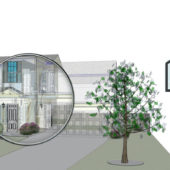Have you ever had your home tested for radon? How do you test a home? A radon gas test is important for real estate transactions prior to buying a home. In addition, if you’ve lived in your untested home for many years then we would encourage you to get a test. In this post, we will discuss radon testing and why it is important.
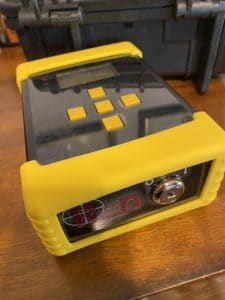
Radon Gas Test? What Radon?
You can’t see it, smell it, touch it, hear it, or taste it. So all five of our senses will not help you determine if you have high levels of radon in your home. Radon exists outside of homes and inside. Radon levels outside of homes is typically around 0.4 pCi/L (Picocuries per liter of air). Levels inside of our homes is typically around 1.3 pCi/L (nationwide average). Some homes, like many in Illinois, have much higher levels. If your radon levels are 4.0 pCi/L, then IEMA (Illinois Emergency Management Association) and the USEPA (United States Environmental Protection Agency) recommend that you mitigate your home. How do you know your levels? You test for radon! How do you test? You contact a licensed radon measurement professional. The State of Illinois encourages those that need radon testing to contact a measurement professional. This ensures an accurate test by approved testing devices.
My Radon Levels are High? So What?
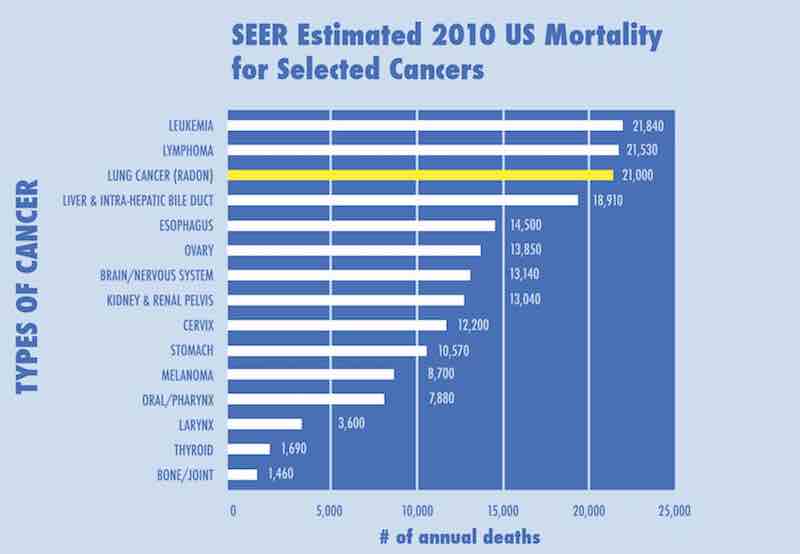
21,000 annual deaths from radon is why testing for radon is important. Many governments and scientific communities and associations agree that radon is dangerous. Radon gas decays into various radioactive particles. These particles then can get trapped into your lungs when you are breathing. These bursts of energy can damage lung tissue and lead to lung cancer. So higher levels of radon results in a greater risk to the occupant of the home. Simply put, if your home has high levels of radon then you should mitigate.
How do you Test for Radon Gas?
A licensed radon measurement professional will test your home using an approved device for testing. Testing consist of short-term and long-term testing. Generally, a short-term test is conducted for 48 hours. Many devices exists for short-term and long-term testing such as Continuous Radon Monitors, Charcoal Adsorption Devices, Alpha-Track Detectors, Electret Ion Chambers, and Liquid Scintillation.
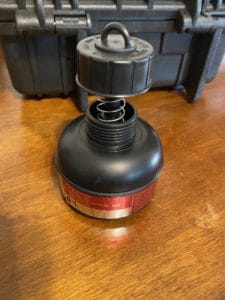
It’s important that the test devices are not moved or altered in any way during a radon test. In addition, closed house conditions must occur such as: windows remain closed, doors stay closed, fireplaces and vents stay closed, etc. This assures a more accurate test and is required for testing. After the 48 hours, results become available and the buyer of the home or occupant is informed of the next recommended steps regarding mitigation or future testing.
Mitigation?
Homes with high levels of radon are typically mitigated using active slab depressurization. In other words, the radon is is pulled from beneath your home and exhausted through a vent pipe above the roof line. For example, below is a photo of where a vent fan is typically located in a mitigation system.
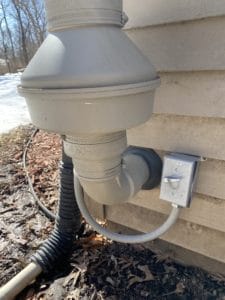
The vent fan pulls air (and radon) from below the home and sends it away. You know there is negative pressure in your system by viewing the manometer attached to the system.
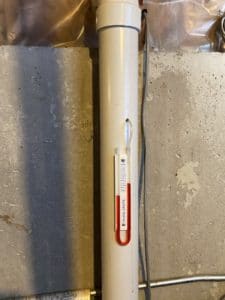
For example, you have a problem if you look at the manometer and see the red fluid with an even “U” shape. So this would indicate that the vent fan is not working and your home may not be adequately protected from radon. In this case, call your radon mitigation professional.
Conclusion
In conclusion, sleep better at night knowing your home is protected from radon. There is no safe level of radon. We know radon can cause lung cancer so eliminating it would be best. Currently, officials want to lower radon levels in homes to the same levels that occur outdoors. Radon levels in homes can be significantly reduced with professionally installed mitigation systems. The Lask Inspection Group, LLC in Rockford, Illinois can conduct a radon gas test. We are licensed by the State of Illinois IEMA (#RNI2021216) and look forward to helping you test for radon. Call us to set up your test at 815-978-7785.

